Micro Inverter, A Safer and Smarter Device to Build Your Solar-ready Home
Date: 2023-11-13Micro Inverter Overview
Micro Inverter, an emerging solar inverter technology, was commercialized in 2008. Its primary function is to convert the DC power generated through the panel into AC at each panel level and transmit it further for direct use or to a grid. The significant rise in demand for micro inverters can be attributed to a growing number of solar rooftop installations from residential to I&C project applications. According to Markets and Markets report, Micro Inverter market is expected to reach USD6.5 Billion by 2025, growing at a CAGR of 20.8% between 2020-2025.
Let's take a closer look at how it can be used in your solar energy system.
How to Evaluate Micro Inverter?
Although Micro Inverter offers several benefits and has gained traction over the past few years, when it comes to choosing different brands of micro inverters, there are a few main factors to keep in mind:
High efficiency
Different than traditional string inverters that panels only can produce electricity at the level of the lowest-performing panel on the same string, with micro inverters, solar panels will continue performing efficiently even if one panel isn't producing as much electricity as the others. To be more specific, if one of your panels is under-performing, you can identify and have your installer diagnose and fix the issue. On the other hand, if something's wrong with one micro inverter, this won't shut down your whole system, just the panel attached to that inverter.
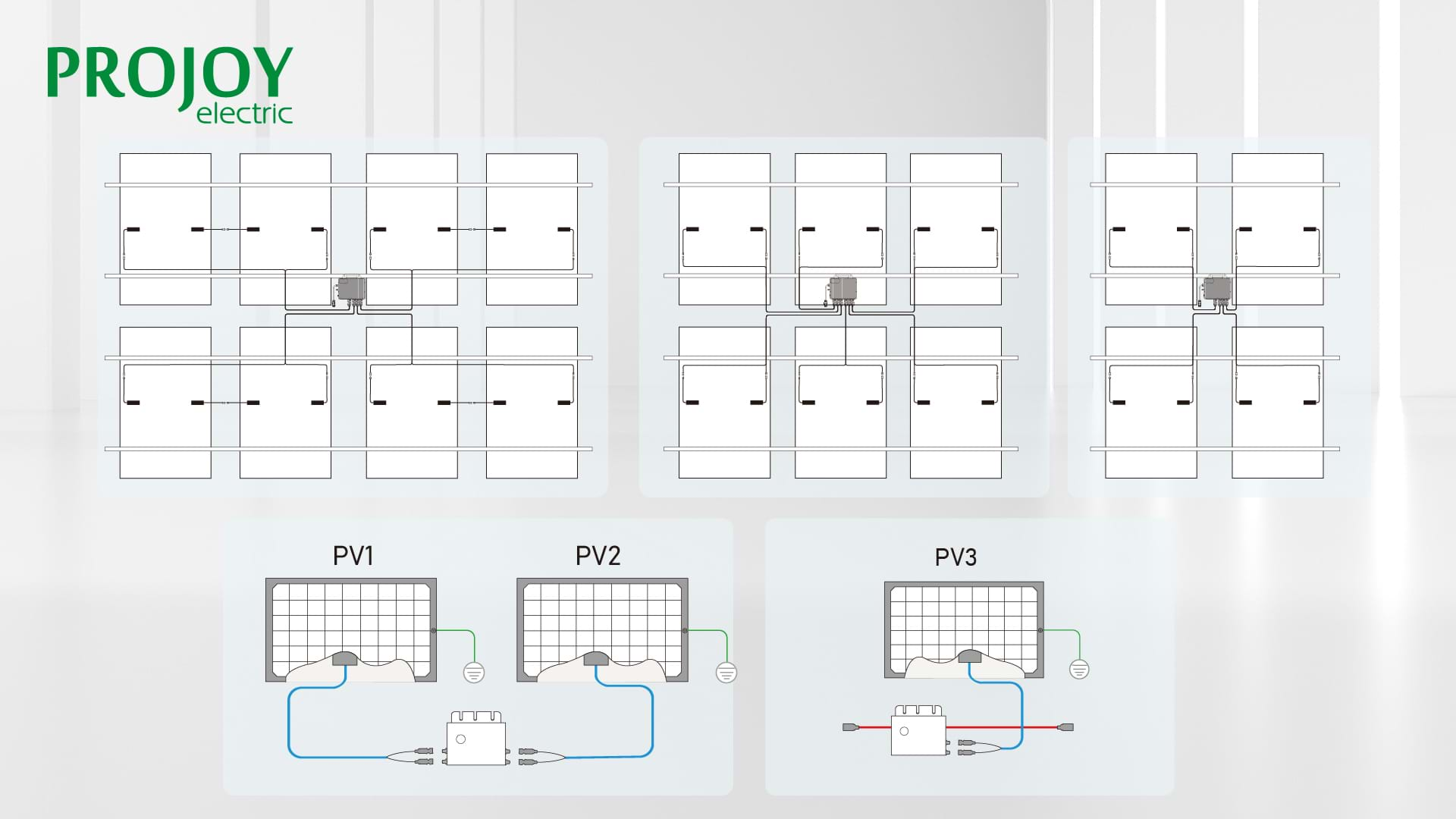
Higher efficiency micro inverters lead to higher overall system efficiencies and more solar electricity production. For example, the efficiency of Projoy PSOL micro inverters can reach 97.2% and the California Energy Commission (CEC) efficiency is 96.7%.
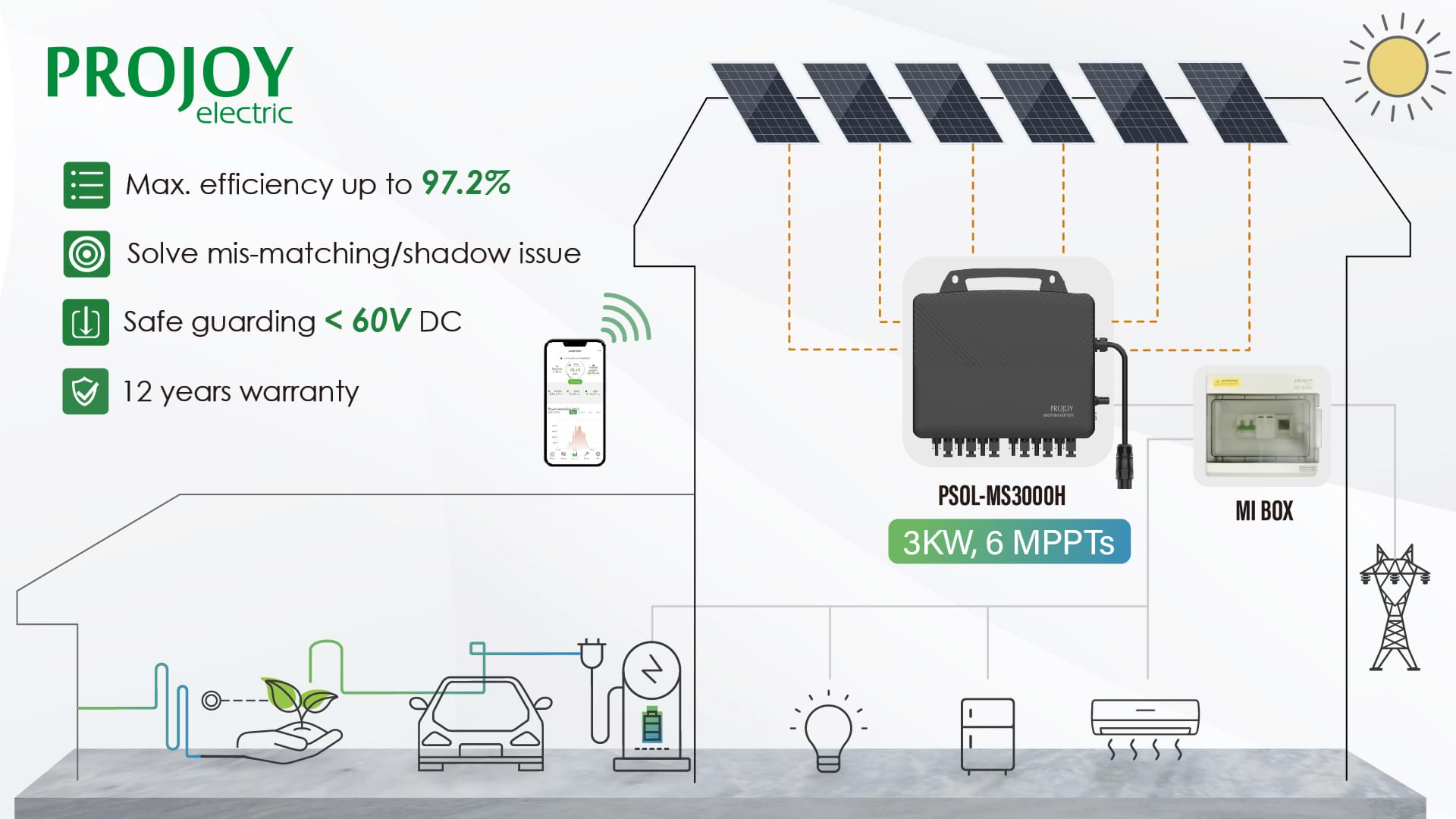
High Safety
Since new electrical codes require rapid solar system shutdown so firefighters are safe from high voltage when they need to be on rooftops or servicing power lines, micro inverters comply with these rapid shutdown requirements and have this capability embedded into each module. Projoy PSOL series micro inverter can link up to eight solar panels. The PSOL-MS3000H in particular, has an operating voltage range of 18 V to 60 V, a maximum input voltage of 60V, and a maximum input current of 18.5 A. It features a maximum output of 3 kW and a nominal output current of 13.6 A.
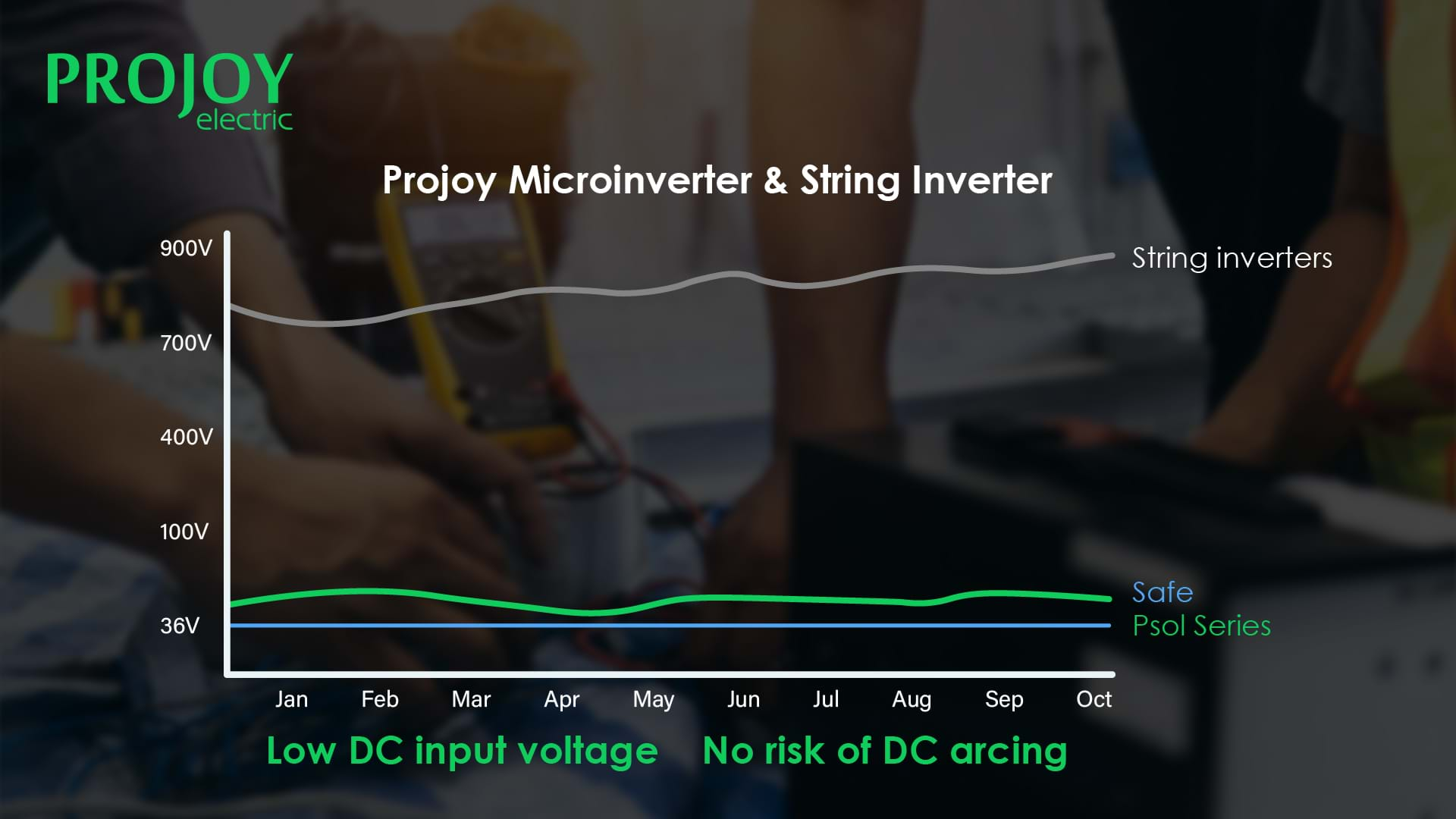
High Flexibility
If you have a complex roof or one with partial shading, then micro inverters are the way to go. Projoy micro inverters are affixed to the back of every solar panel and maximize the output of each solar panel independent of the production of any neighboring panel, making them suitable for various installation conditions. Moreover, if you consider to expand your rooftop solar system in the future, simply added another pair of Projoy micro inverter to your existing solar array and that’s it.
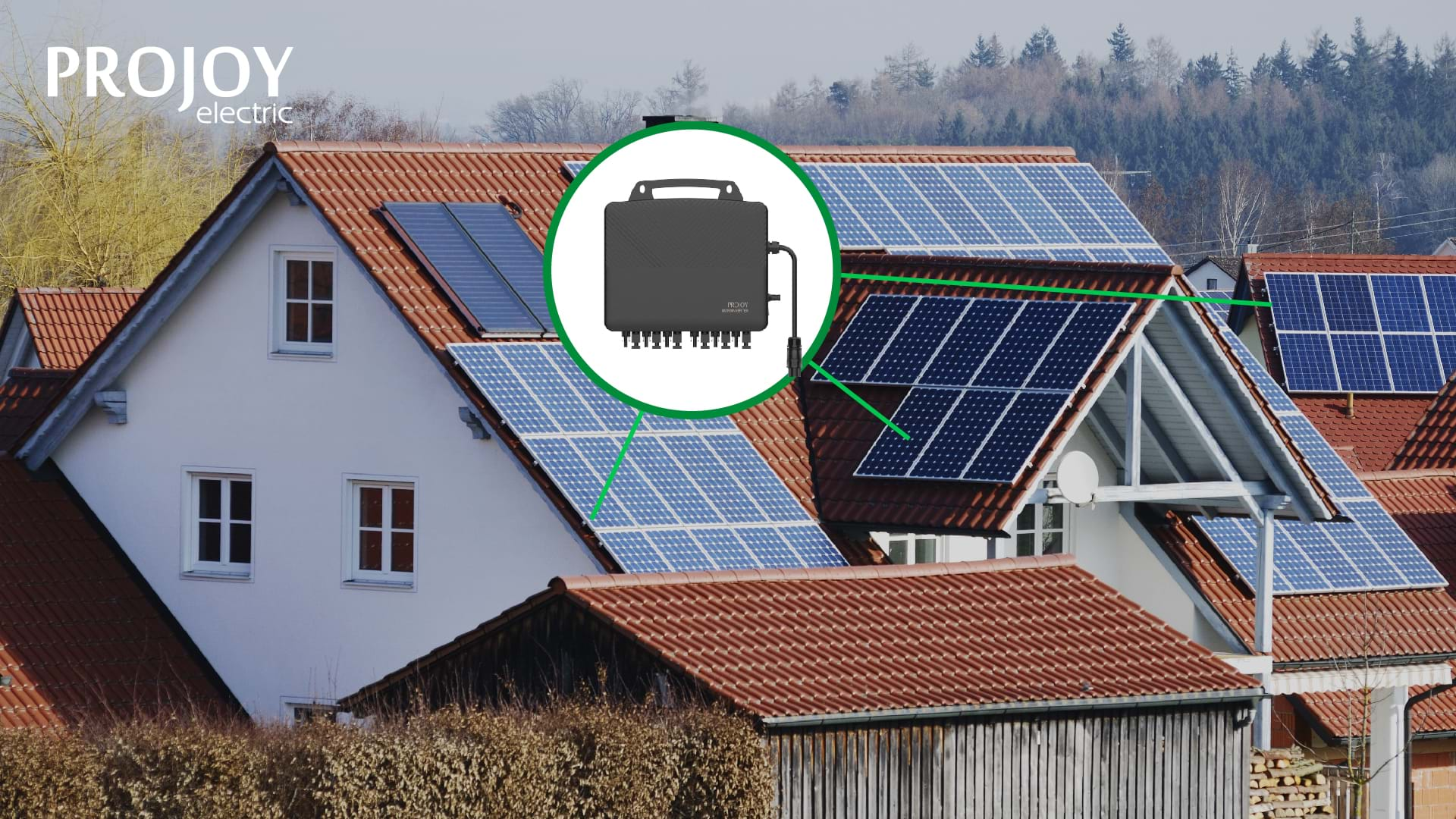
High Performance
Micro inverters have the ability to track the production of each individual panel. Projoy offers a real-time monitoring system called M-cloud, simply download the M-cloud app via a smart phone, or sign in the M-cloud Portal on a computer, you will be able to visually compare how each panel is performing independently, and quickly identify if a particular panel or micro inverter is failing.
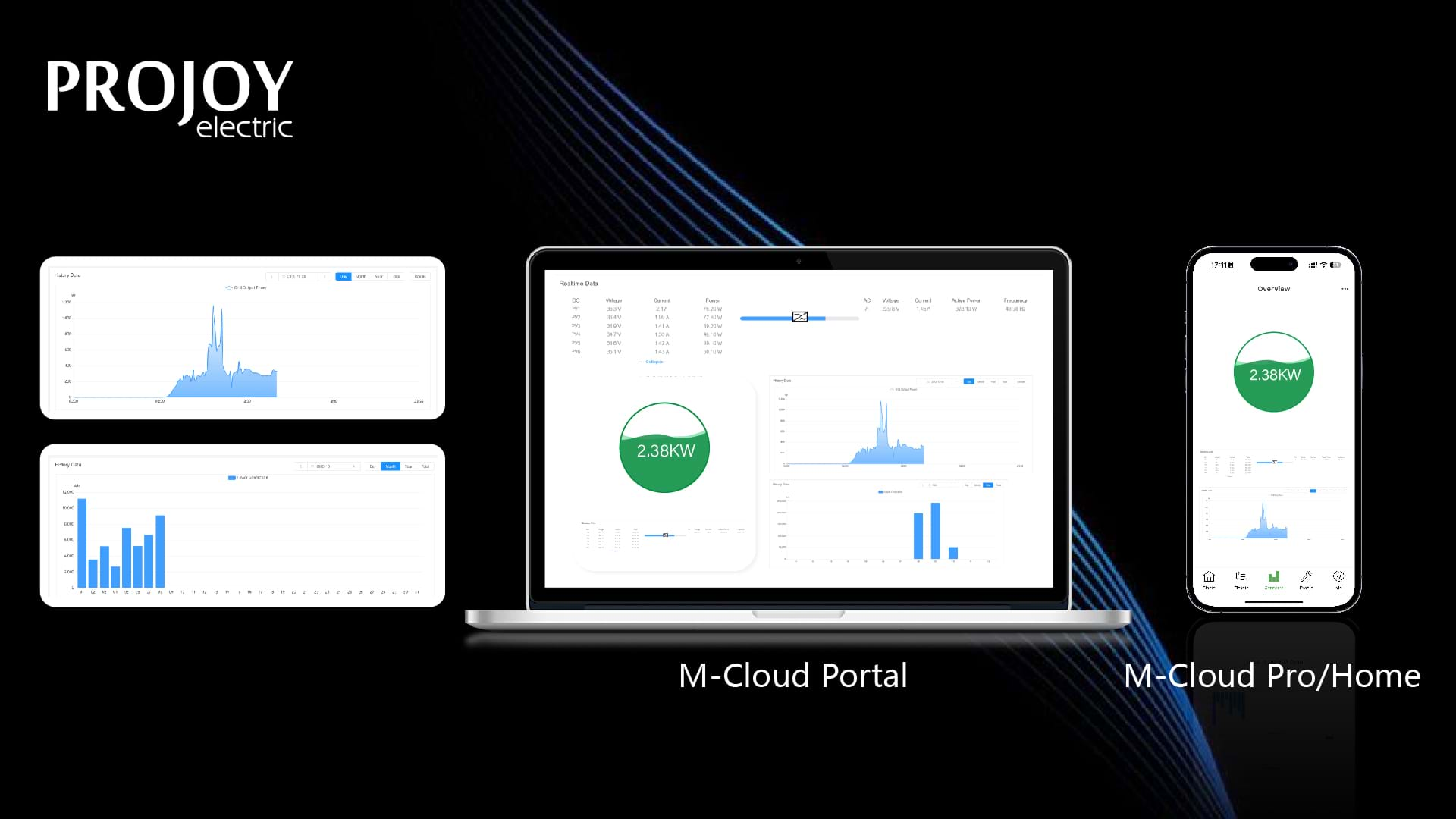
High Reliability
Comparing with string inverters, Micro inverters have longer lifespan in general. For instance, Projoy micro inverters are built to last up to 25 years, featuring with IP67 high level of dust-proof and waterproof, unique radiating fin design and good heat dissipation. The company offers a minimum 12-year warranty, including the communication module.

Although micro inverters are not typically the most expensive component of a solar panel installation, it is to be expected that higher efficiency micro inverters may come with higher price tag. However, it can be worth it as the device is safer and more flexible to use, along with the longer warranty, making the device much more cost effective.